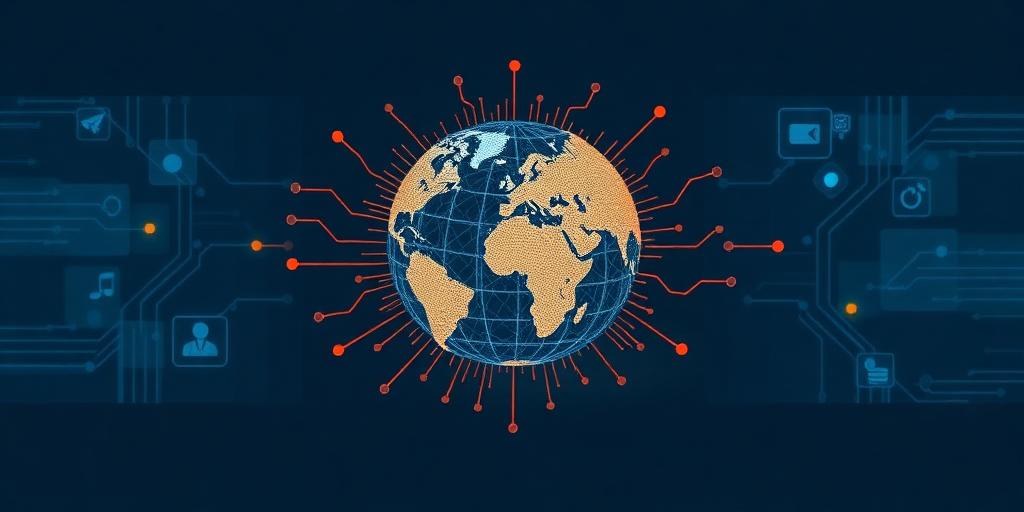Technology and the Evolution of Political Communication
Political communication has undergone a dramatic transformation in recent years, driven by the relentless march of technology. From the printing press to radio, television, and now the internet and social media, each technological leap has reshaped how politicians connect with voters, how campaigns are run, and how political discourse unfolds. This evolution presents both opportunities and challenges for democracy.
The Early Days: From Print to Broadcast
Before the advent of modern technology, political communication relied heavily on print. Newspapers, pamphlets, and books were the primary means of disseminating information. The rise of radio in the early 20th century marked a turning point, allowing politicians to speak directly to a mass audience in real-time. Franklin D. Roosevelt's 'fireside chats' are a classic example of how radio could be used to forge a personal connection with voters.
Television took this a step further, adding a visual dimension to political communication. Politicians now had to be telegenic, and campaigns became increasingly focused on image and sound bites. The famous Nixon-Kennedy debates of 1960 highlighted the power of television in shaping public perception.
The Digital Revolution: Internet and Social Media
The internet has revolutionized political communication in ways that were unimaginable just a few decades ago. Social media platforms like Twitter, Facebook, and Instagram have become essential tools for politicians and campaigns. These platforms allow for direct engagement with voters, rapid dissemination of information, and the ability to bypass traditional media gatekeepers.
However, the rise of social media has also brought new challenges. The spread of misinformation and 'fake news' has become a major concern, as has the increasing polarization of political discourse. Social media algorithms can create echo chambers, reinforcing existing beliefs and making it harder for people to engage with opposing viewpoints.
The Future of Political Communication
As technology continues to evolve, so too will the landscape of political communication. Artificial intelligence (AI) is already being used to analyze voter data, target campaign messages, and even generate content. The use of AI in political campaigns raises ethical questions about transparency, privacy, and the potential for manipulation.
Looking ahead, virtual reality (VR) and augmented reality (AR) could also play a role in political communication, offering immersive experiences that allow voters to engage with political issues in new ways. However, these technologies also raise concerns about the potential for deepfakes and other forms of digital deception.
Navigating the New Landscape
In this rapidly evolving landscape, it is crucial for citizens to be critical consumers of information. Media literacy skills are more important than ever, as is the ability to distinguish between credible sources and misinformation. Politicians and campaigns also have a responsibility to use technology ethically and transparently.
The future of democracy depends on our ability to harness the power of technology for good while mitigating its risks. By promoting media literacy, fostering critical thinking, and holding politicians accountable, we can ensure that technology serves to enhance political communication rather than undermine it.









